Candlelit Literary Salon Returns to Brooklyn with Colum McCann & Michelle Young
Join us for a cozy evening with live music, literary discussion, and cocktails!

Discover places in NYC that were integral to Martin Luther King, Jr.'s fight for Civil Rights!

Coretta Scott King called Martin Luther King, Jr. Day “a people’s holiday,” but it is hard to resist honoring the Rev. Dr. Martin Luther King, Jr., who had some of his most important moments here in New York City. King often gave speeches in New York, as well as led fundraising efforts for Civil Rights causes. Below we have summarized King’s relationship to New York in 10 vignettes.
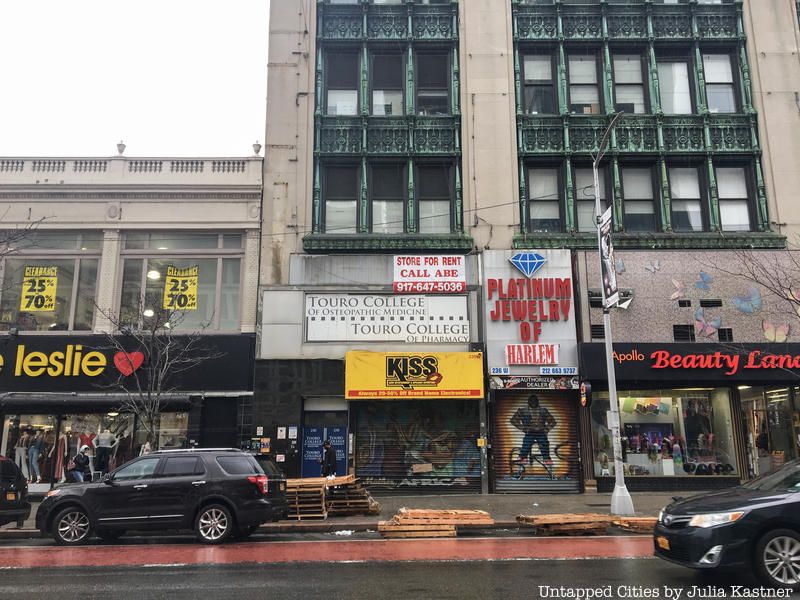
In 1958, King traveled to New York to promote his new book about the Montgomery bus boycott, Stride Towards Freedom: The Montgomery Story. The politics of his visit were messy; not only was Harlem in the midst of a competitive election, but King was met cooly by the NAACP, who now competed with him for donor dollars and found his civil disobedience strategy undignified. Thurgood Marshall had called him “a first-rate rabble rouser.” Optics were further complicated when King’s supporters turned down a book signing at a store run by a Black nationalist in favor of an upscale white department store, Blumstein’s.
On September 21, at Blumstein’s book signing, a mentally unstable woman stabbed King in the chest with a letter opener, lodging it between his heart and his lungs. King was rushed to Harlem Hospital and underwent a successful operation. It took him several weeks to recover at the hospital and then in Brooklyn. The operation left a cross-shaped scar on King’s chest, which he would later point to with pride.
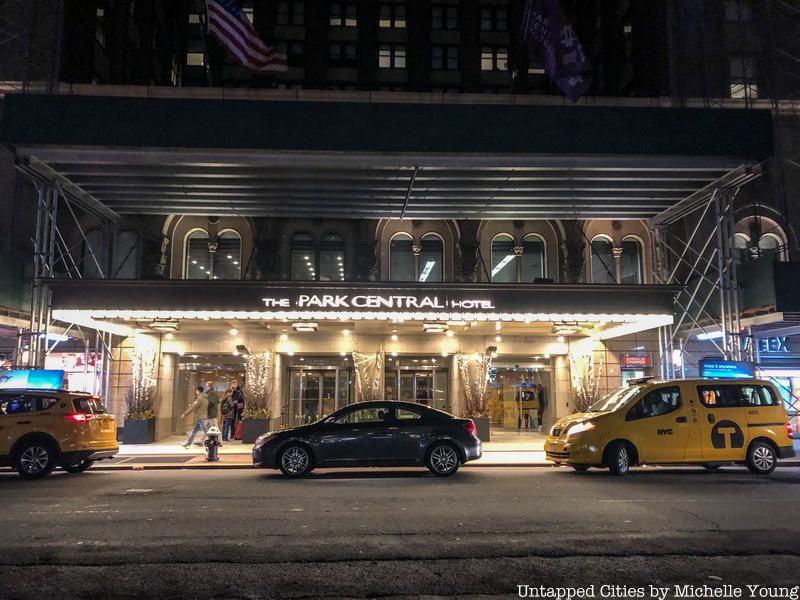
King was invited by the New York State Civil War Centennial Commission to deliver a keynote address commemorating the 100th anniversary of the Preliminary Emancipation Proclamation, an event organized by New York Governor Nelson Rockefeller. King expressed hesitation at participating, concerned that appearing at a Republican-led event would offend President Kennedy and hurt the progress of civil rights legislation. Rockefeller sealed the deal by pledging funds to rebuild several African American churches that had been burned in Georgia.
On September 12, 1962, at the Park-Sheraton Hotel (now Park Central), King offered a blistering assessment of America’s lack of progress in advancing equal rights for blacks. The “Proclamation of Inferiority,” he claimed, “has contended with the Proclamation of Emancipation, negating its liberating force.”
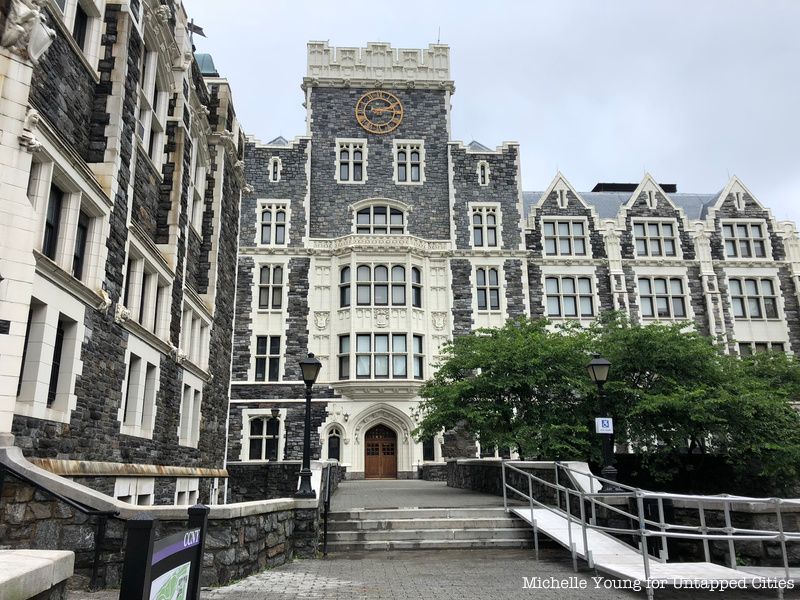
At the height of King’s struggles in Birmingham, which included his jailing and a separate bombing attempt on his life, City College of New York President Buell Gallagher invited King to speak at the college’s commencement. The previous evening, President Kennedy announced that he would propose Civil Rights legislation in Congress; Lyndon B. Johnson would later pass the Civil Rights Act in 1964. Then, the morning King was slated to speak, he found out that NAACP Field Secretary Medgar Evers had been murdered in Mississippi. The air was heavy and intense, as King began by telling the graduates that they would be “moving into a world of catastrophic change and calamitous uncertainty.
The commencement took place at CCNY’s Lewisohn Stadium, an amphitheater on 136th Street that was razed a decade later. In what must have been one of the headiest commencement mornings in New York City history, addresses were given at other college campuses by Peace Corps Director Sargent Shriver, Supreme Court Justice Arthur Goldberg, and U.N. Ambassador Adlai Stevenson.
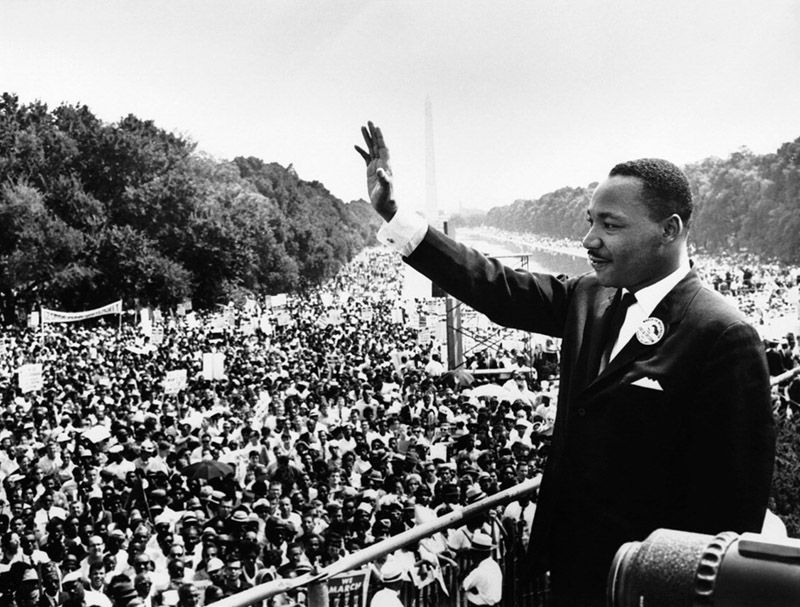
According to Jonathan Gill, author of Harlem, the history of the March on Washington “has never properly acknowledged the essential role that Harlemites including A. Philip Randolph and Bayard Rustin played.” As King planned his major 1963 Civil Rights March in Washington, D.C., he realized his efforts might collide with Randolph’s rally against economic inequality, which featured the country’s leading labor unions. The two joined forces, recognizing the wisdom of connecting the two issues, as King did for the rest of his career. Rustin coined the title “March on Washington for Jobs and Freedom,” and he served as the lead fundraiser and logistics manager for the March.
Less than a week before the march, Tony Bennett (who participated in the march) headlined a fundraiser for the event on a bill that also featured Count Basie and Stevie Wonder. Even back in 1963, you could count on New York City to put together a star-studded benefit concert.
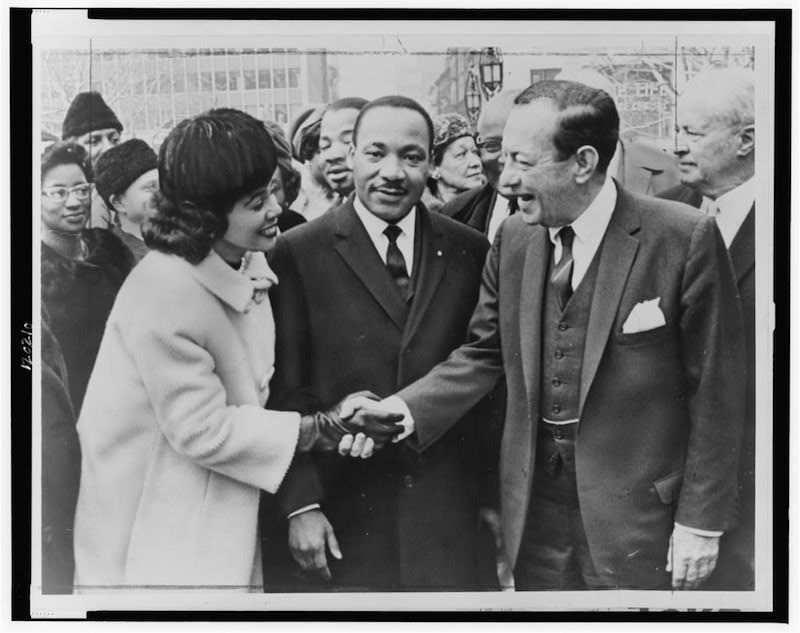
In 1964 King was honored with the Nobel Peace Prize, and New York City offered its congratulations. On December 17, 1964, King was honored with the City of New York Medallion of Honor at an event in the City Council chambers at City Hall. Not only were the City’s religious leaders on hand, but the national anthem was played by the Department of Sanitation Band.
In bestowing King with the Medallion, Mayor Robert Wagner, Jr. offered, “This is not your city of residence, Dr. King, but it is your city nevertheless… We claim you, henceforth, as an honorary New Yorker.” During Wagner’s three terms, he generally demonstrated a strong commitment to civil rights. During the prior year, he struggled with demonstrations related to school integration, and he would not run for re-election the following year.
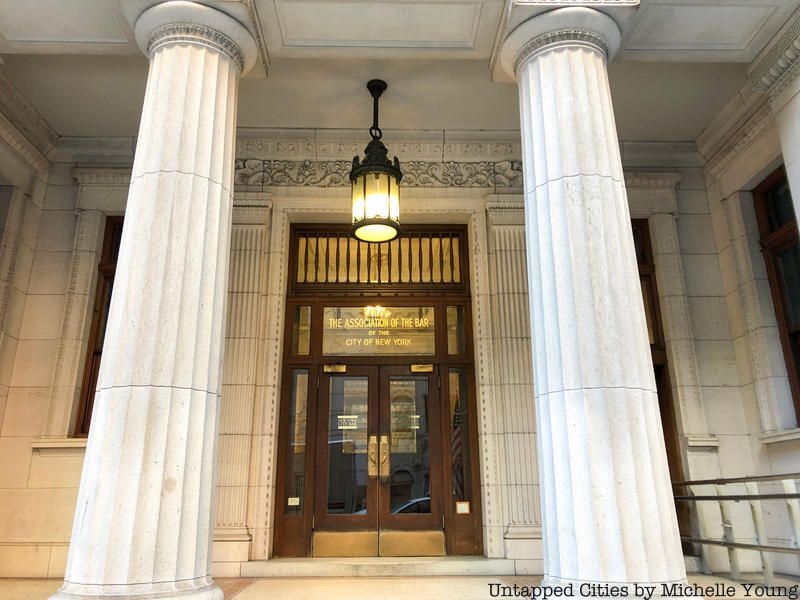
A month after the 1965 March on Selma, King spoke to a full capacity crowd at the New York City Bar Association in Midtown. More than 500 people crammed the outside of the main meeting hall to listen, and 3,000 more were turned away from the building. The City Bar, first organized in 1870 in response to the judicial corruption of Tammany Hall, had been more liberal than the American Bar Association, which was still murky on Civil Rights legislation a year after LBJ’s passage of the Civil Rights Act.
King’s speech was largely effusive in its admiration for lawyers, but cautioned the law’s limits: “Justice at times proceeds with a halting gait, that at times the law has been slow to speak for the poor, the oppressed, the unpopular, the disfranchised.” At the end of his speech, he proclaimed, “I do not despair of the future. We as Negroes will win our freedom all over our country because the goal of America is freedom. Abused and scorned though we may be, our destiny is America’s destiny.”
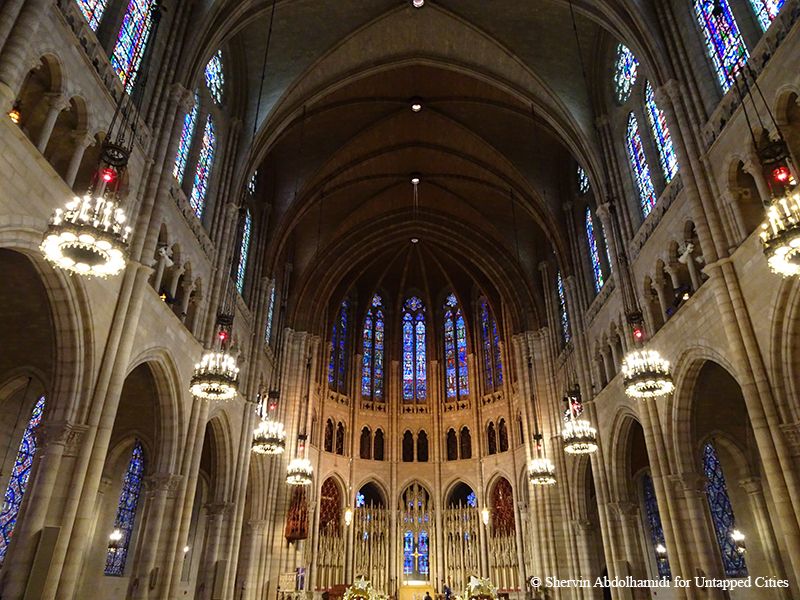
On April 4, 1967, King delivered his speech “Beyond Vietnam” at Riverside Church on 121st Street. A denunciation of the war in Vietnam and indictment of American imperialism, the speech linked critiques of U.S. foreign and domestic policies. King laments, “We have been repeatedly faced with the cruel irony of watching Negro and white boys on TV screens as they kill and die together for a nation that has been unable to seat them together in the same schools.”
During his 2008 campaign, Barack Obama frequently cited the “fierce urgency of now,” a phrase King employed during the speech. Meanwhile The New York Times blasted King in an editorial titled “Dr. King’s Error.” LBJ fumed at MLK’s “betrayal” on Vietnam, which severed a relationship that, contrary to its presentation in the movie Selma, had been one of cooperation and amicability. Eerily, King’s sermon at Riverside took place exactly a year before he was killed.
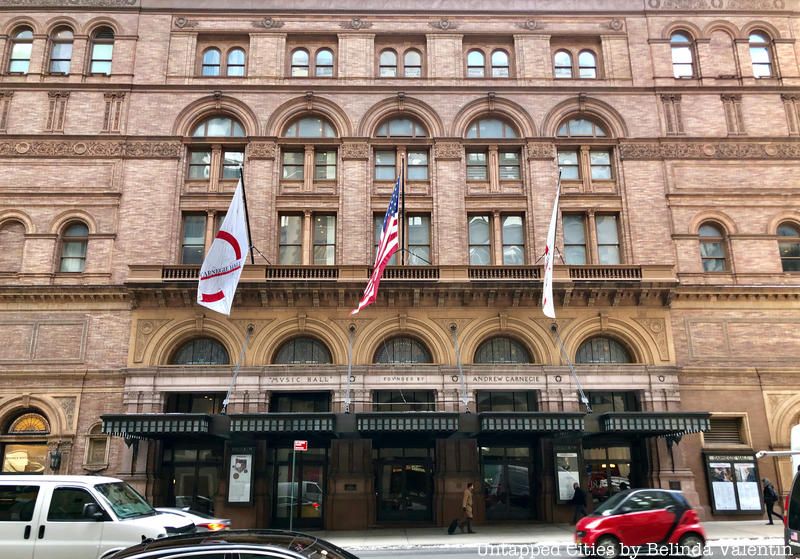
How do you get to Carnegie Hall? For Dr. King, it was the 100th birthday of W.E.B. DuBois, a sociologist and journalist in the African American community. The event, held on February 23, 1968, was King’s last address in New York and one of his final public speeches. Befitting the occasion, the speech was largely a glowing tribute to DuBois, and King credited the ease with which he moved through both the highest levels of academic achievement and gritty, on the ground organizing.
At this radical, lonely twilight of his career, King’s comments about communism may well have led this speech to the archive burial grounds. Some writers wonder whether corporate sponsors are responsible for the absence of audio or visual recordings of the speech; apparently, even tracking down the text was difficult.
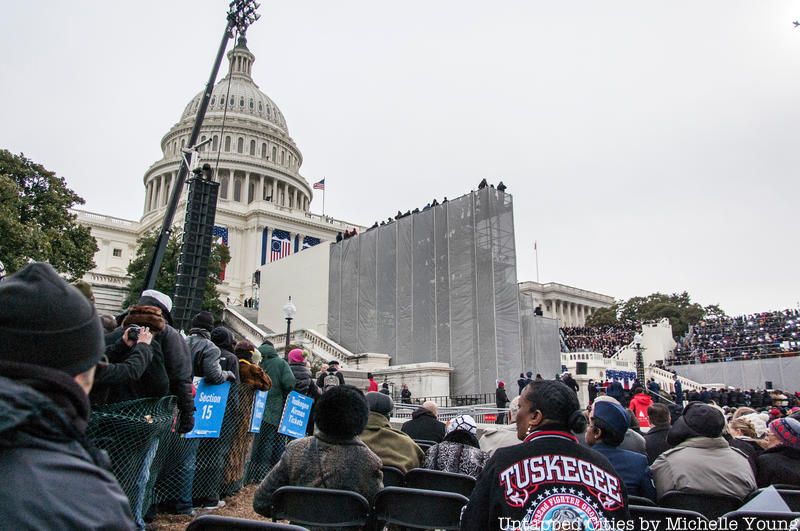
When the U.S. Senate debated the federal holiday in 1983, Jesse Helms (R-NC) filibustered, reciting a statement on King’s opposition to the Vietnam War, “communist associates,” and womanizing. He then submitted a 300-page supplement to fellow Senators. Daniel Patrick Moynihan (D-NY) declared the document a “packet of filth” and stomped it on the Senate floor.
This aide’s entertaining memo also featured Knicks legend “Dollar Bill” Bradley (D-NJ) standing up to opponents of the holiday: “I hear their rationalization. They are not against Black Americans, you understand. Just Dr. King…They are playing up to Old Jim Crow and all of us know it.” The bill enacting the holiday passed 78-22. New York State has celebrated MLK Day since its inception in 1986.
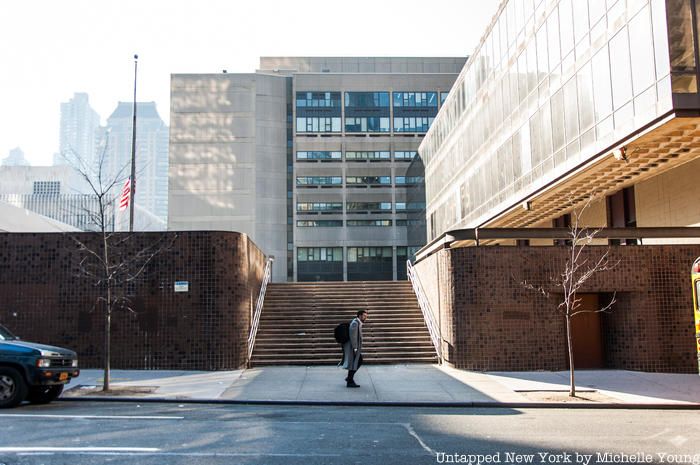
New York City has shown its appreciation and admiration for King in the years since his death. Probably the most well-known King namesake in the City is Martin Luther King, Jr. High School by Lincoln Center, across from LaGuardia High School. The Bloomberg administration closed the school and reopened it as seven schools in the Martin Luther King, Jr. Educational Campus.
Other City landmarks that bear King’s name include the Martin Luther King, Jr. Towers, a NYCHA complex in East Harlem that houses over 3,000 residents, the Dr. Martin Luther King, Jr. Health Center and Martin Luther King Triangle park space in the Bronx, and Manhattan’s 125th Street, which is co-named Martin Luther King Jr. Boulevard (one of 730 American streets named for King).
Next, read Vintage Photos: Martin Luther King, Jr. in New York City and Daily What?! Martin Luther King, Jr. Was Stabbed in Harlem, 1958
This article was written by Janos Marton
Subscribe to our newsletter